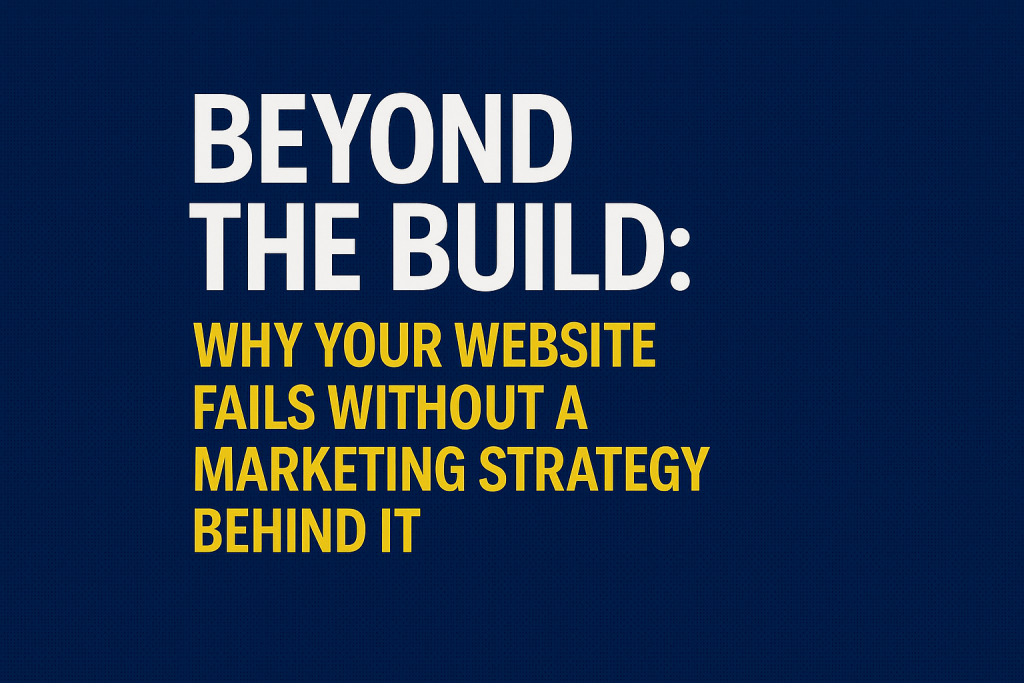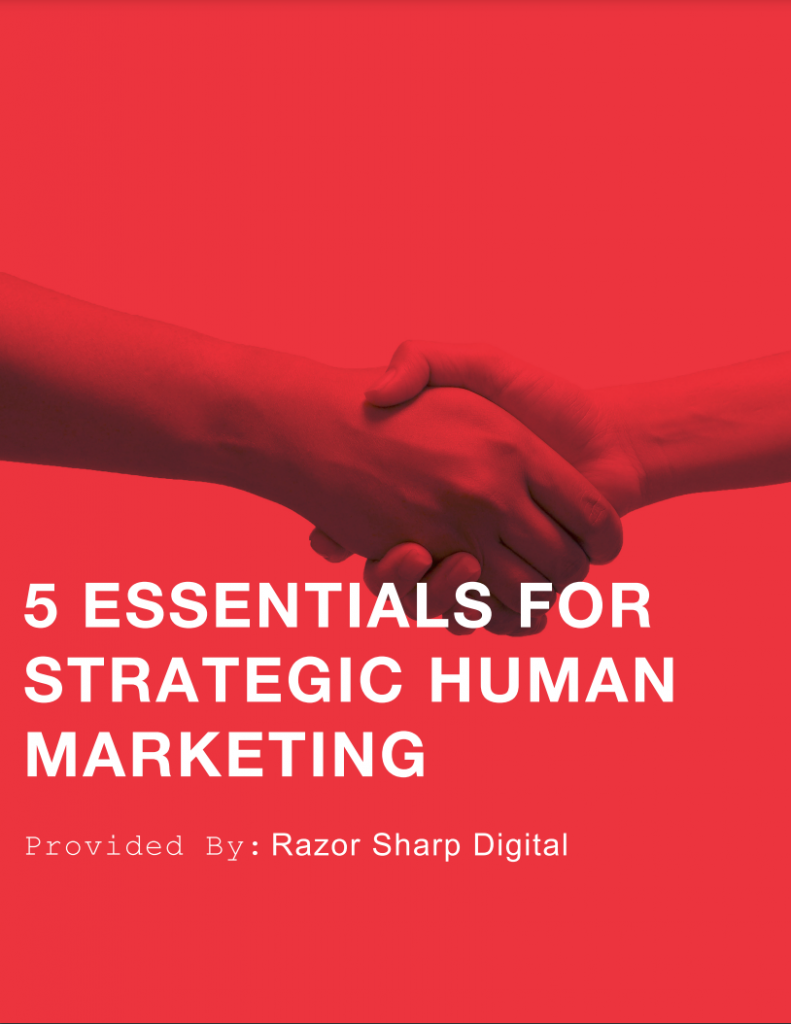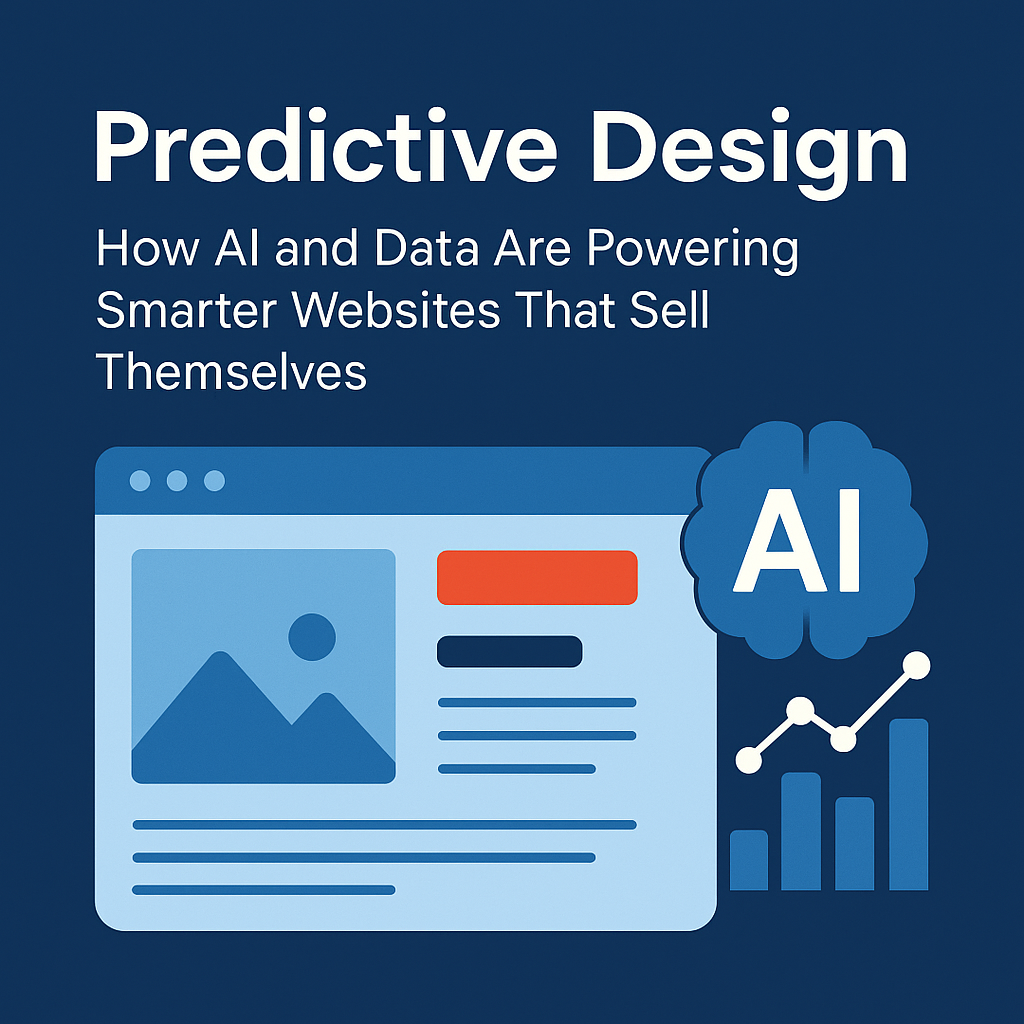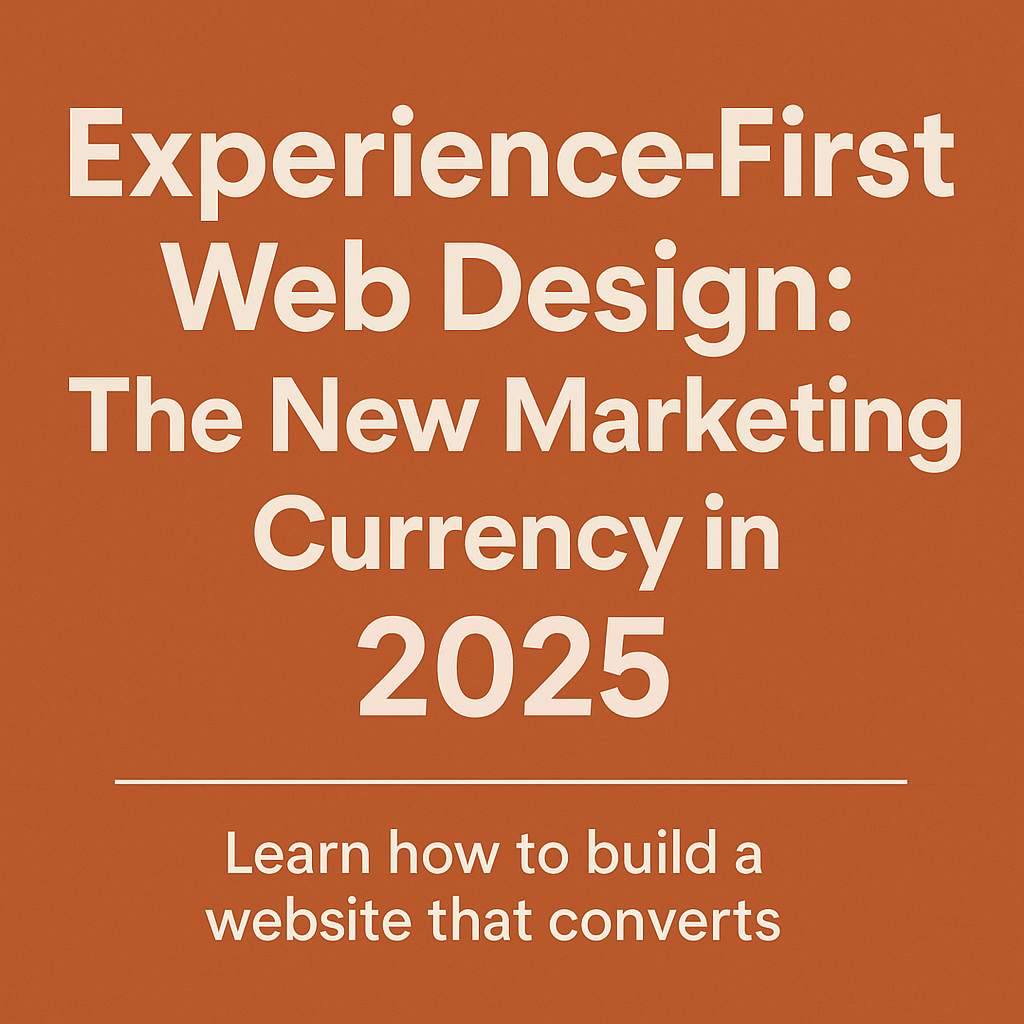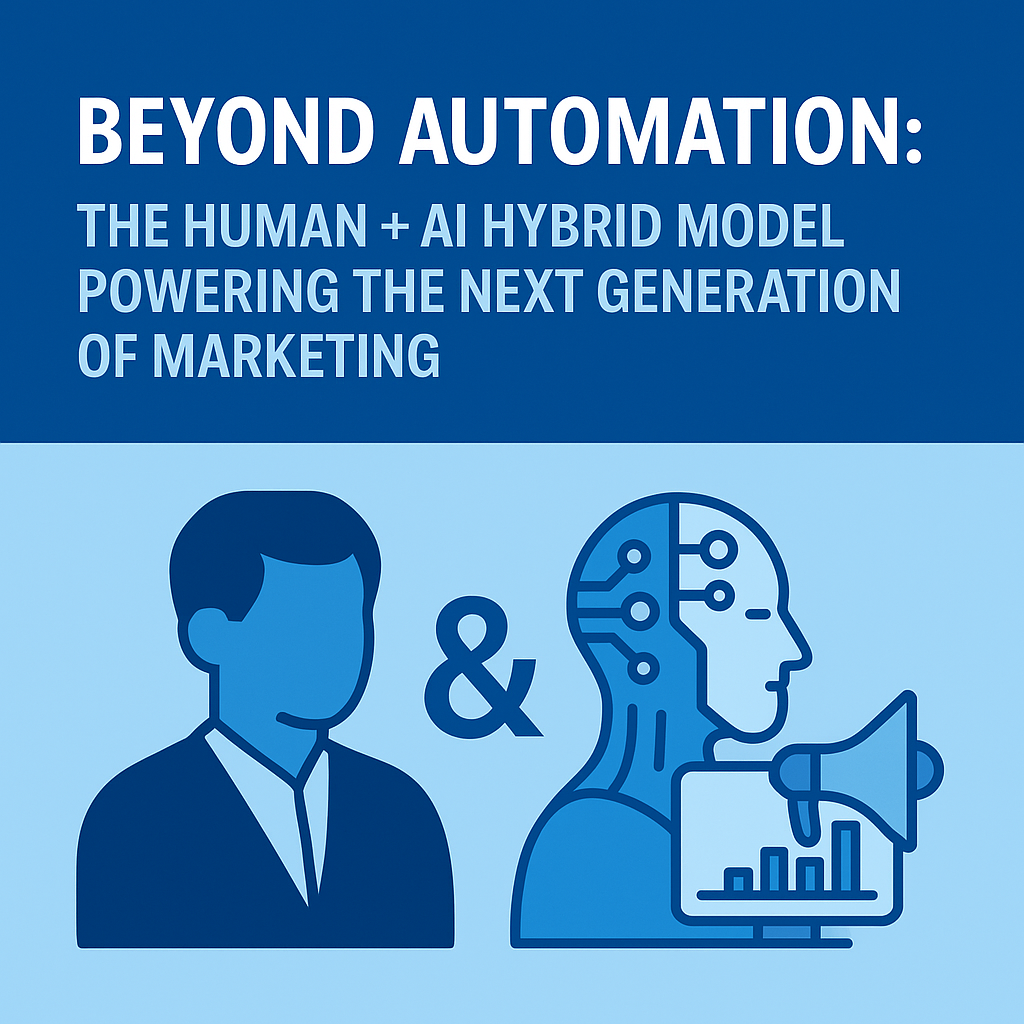Why? Because a website alone doesn’t equal marketing. Without a strategy to drive visibility, build trust, and convert visitors into buyers, even the most stunning website will fail.
This article dives deep into why your website needs more than pixels and code to succeed. We’ll explore the pitfalls of the “build it and they will come” mindset, the essential components of a marketing strategy, and actionable steps to transform your website from a digital brochure into a revenue-generating engine.
The Myth of “If You Build It, They Will Come”
Hollywood made this line famous, but in business, it’s one of the most dangerous misconceptions. A website launch isn’t the finish line—it’s the starting line.
Think of it this way: If you opened a brick-and-mortar store on a quiet street with no signage, no advertising, and no word-of-mouth buzz, how many customers would walk through your doors? Probably very few. The same logic applies online.
A website without a marketing strategy is like owning a Ferrari but never putting gas in it. It looks incredible, but it won’t take you anywhere.
Why Websites Fail Without Strategy
No Traffic = No Business
A website that no one visits is just an expensive piece of digital art. Search engines won’t magically rank you at the top, and social media won’t automatically send customers your way. Without a traffic strategy—SEO, paid ads, email, or social—your site is invisible.
Lack of Clarity and Messaging
Many businesses focus heavily on visuals but neglect messaging. If your site doesn’t immediately communicate who you are, what you do, and why it matters to the visitor, you’ll lose potential customers in seconds.
No Conversion Path
Visitors may browse your site, but if you don’t guide them toward a next step—filling out a form, scheduling a call, making a purchase—they’ll bounce. Websites without CTAs are dead ends, not funnels.
Treating It as a One-Time Project
Many companies launch a site and think the job is done. In reality, your website should be a living, evolving asset that grows with your business and adapts to customer behavior.
The Role of Marketing in Website Success
A marketing strategy breathes life into your website. It ensures that your site isn’t just a digital brochure, but a sales-driven engine. Here’s how:
1. Driving Visibility Through SEO
Search Engine Optimization is the foundation of organic growth. With a proper SEO strategy, your website can:
Appear in Google searches for relevant keywords.
Build authority in your niche.
Generate steady, compounding traffic over time.
Ignoring SEO means you’re hiding your site from the very people searching for your services.
2. Leveraging Paid Advertising
Paid traffic (Google Ads, Facebook Ads, LinkedIn Ads) accelerates visibility while organic strategies ramp up. With precise targeting, you can place your website in front of people who are actively looking for solutions like yours.
3. Harnessing Social Media
Social platforms amplify reach and help drive traffic to your website. The goal isn’t just likes—it’s about creating pathways from your social content to your site where conversions happen.
4. Content Marketing as Fuel
Content—blogs, videos, case studies, infographics—keeps your website fresh and valuable. It not only helps with SEO but also builds trust and establishes you as an authority in your industry.
5. Conversion Optimization
A true marketing strategy focuses on conversions. Are your forms easy to find? Are your CTAs clear? Do you offer lead magnets to collect emails? Marketing ensures that your website doesn’t just attract visitors, but converts them into leads and customers.
From Brochure to Business Engine
Too many websites function like outdated brochures—static, lifeless, and designed more for looks than for results. What you need is a business engine: a site that actively works for you 24/7, qualifying leads, nurturing prospects, and driving revenue.
Key differences:
| Brochure Website | Business Engine Website |
|---|
| Focus on looks | Focus on conversions |
| Static content | Dynamic, optimized content |
| No SEO | Built with SEO in mind |
| Few/no CTAs | Multiple conversion paths |
| One-time project | Ongoing strategy & updates |
Case Study: The Business That Thought a Website Was Enough
Consider a small law firm that invested $10,000 in a sleek new website. The partners were thrilled—professional photos, clean design, and modern layout. But six months later, they had virtually no new leads. Why?
They hadn’t invested in SEO.
They had no content strategy.
Their calls-to-action were buried.
They didn’t connect the site to social or email campaigns.
After finally adopting a marketing strategy—blogging weekly, running targeted Google Ads, optimizing for local SEO—the firm began generating 30+ qualified leads per month.
Lesson learned: the website wasn’t the problem. The missing strategy was.
Essential Steps to Build a Strategy-Backed Website
Define Your Audience
Who are you trying to reach? What are their pain points? Without clarity, your messaging will miss the mark.
Build With SEO From Day One
Keyword research, metadata, URL structures, and internal linking should be baked into the site build—not tacked on later.
Create a Content Plan
Develop a blog, video series, or resource library to keep your site relevant and valuable.
Map Out Conversion Funnels
Decide how visitors move from awareness to action. Offer free resources, schedule consultations, or create sign-up forms.
Integrate Analytics
Track traffic, conversions, and user behavior. Data-driven decisions fuel growth.
Commit to Continuous Improvement
Launching is step one. Review, refine, and adapt based on performance.
Mindset Shift: Your Website Is a Salesperson
Stop thinking of your website as a piece of digital real estate and start treating it like your #1 salesperson. A good salesperson doesn’t just sit in the office—they actively engage prospects, answer questions, and close deals. Your website should do the same.
That means:
Presenting clear value.
Handling objections with strong content.
Guiding customers through the buyer’s journey.
Closing deals with irresistible CTAs.
Strategy Is the Missing Ingredient
A beautiful website may impress visitors, but without a strategy, it won’t move the needle for your business. Success comes when design meets data, and visuals meet visibility.
Your website should be more than a digital brochure—it should be your hardest-working employee. And that only happens when it’s powered by a well-thought-out marketing strategy.
So the next time you think about building or redesigning your website, remember this: Beyond the build lies the strategy. And it’s the strategy that drives results.



